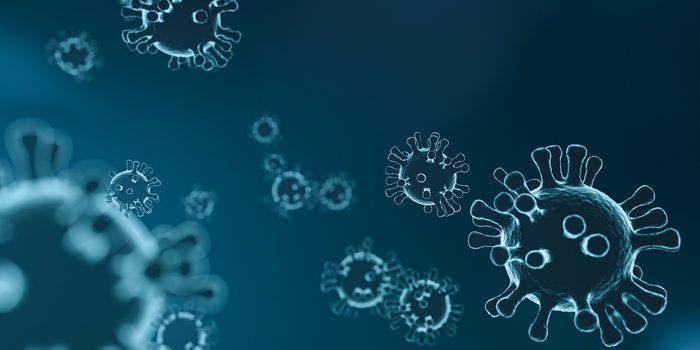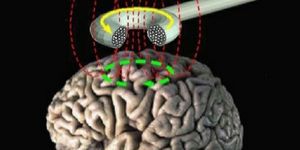Study Unmasks New Gene Culprit in Deadly Brain Cancer
A new study of glioblastoma implicates a gene that helps the brain cancer to survive and proliferate, even in the face of radiation. The gene, known as NAMPT, is part of a pathway that’s involved in energy production and cellular aging.
With a nickname like “octopus tumor,” the prognosis for glioblastoma multiforme is grim. The tumor is notorious for being inoperable, and for evading other means of treatment like radiation and chemotherapy. As such, over 70 percent of patients diagnosed with this type of deadly brain cancer rarely survive past the two-year mark.
In studying human glioblastoma cells, researchers from the Washington University noticed something remarkable. The aggressive tumor cells appeared to have overexpression of the NAMPT gene. This gene is part of the nicotinamide adenine dinucleotide (NAD+) pathway – famously starring in the citric acid cycle. The pathway generates energy for the cells, which may be how glioblastoma tumor cells are fueling their growth.
"If you target the NAD+ pathway, you can disrupt the ability of the cancer stem cells to self-renew, and you can also make them more sensitive to radiation treatment," said Albert Kim, assistant professor at Washington University. "In a patient, that could mean that if you suppress the pathway, the same dose of radiation may be more effective at destroying the tumor."
In a separate experiment, Kim and his team confirmed that the opposite was true: cells with reduced expression of NAMPT were likely to be stunted in growth. Furthermore, inhibiting NAMPT also made the cells more susceptible to cell death via radiation.
Interestingly, NAMPT and the NAD+ pathway has been of interest to researchers who study cellular aging. Specifically, a byproduct molecule of NAMPT, known as nicotinamide mononucleotide (NMN), appears to slow aging in mice. "There's a lot of buzz about taking NAD+ precursors for their anti-aging effects, which is based on a lot of great science," said Kim. "I don't know if taking NAD+ precursors makes existing tumors grow faster, but one implication of our work is that we don't yet fully understand all of the consequences of enhancing NAD+ levels."
Cancer cells are often thought of as being immortal. That is, they seem to have bypassed the internal mechanism for normal cell death. This poses an interesting link between glioblastoma multiforme, NAMPT, and aging.
"The question we are considering now is, 'How do we make an NAD+ strategy that is specific for cancer?'" Kim said. "Maybe there are some cancer-specific regulators, and we can disrupt those. Maybe we can change the expression of some key NAD+ pathway genes only in cancer cells, not healthy cells. There are many ways to look at this, and that's why we want to dig deeper into how this pathway works in glioblastoma."
Additional sources: EurekAlert!









